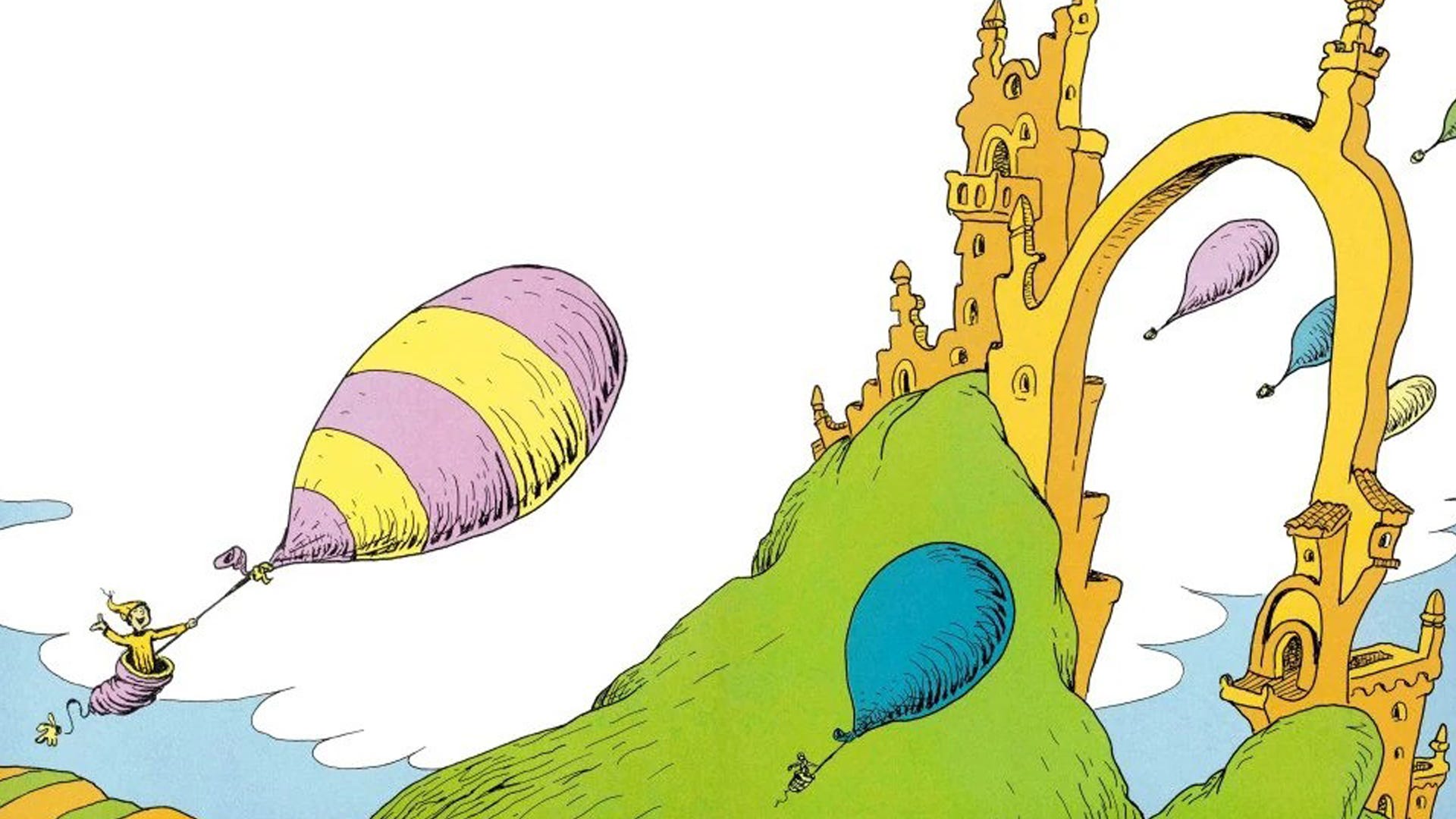Koji Suzuki’s Novel ‘Ring’ and Its Forgotten 1995 TV Adaptation
By now everyone should know The Ring (2002) is a remake of Ring (1998). Less known is the fact that Hideo Nakata’s momentous film was not the first on-screen appearance of the vengeful Japanese ghost who spreads her curse by video — in 1995, Fuji Television aired its own take on Sadako Yamamura’s story. Of […] The post Koji Suzuki’s Novel ‘Ring’ and Its Forgotten 1995 TV Adaptation appeared first on Bloody Disgusting!.

By now everyone should know The Ring (2002) is a remake of Ring (1998). Less known is the fact that Hideo Nakata’s momentous film was not the first on-screen appearance of the vengeful Japanese ghost who spreads her curse by video — in 1995, Fuji Television aired its own take on Sadako Yamamura’s story. Of course, this made-for-TV version has since been overshadowed and, in some circles, dismissed. Yet for all its many odd decisions, Chisui Takigawa and Jōji Iida’s collaboration still follows its source material a good deal more closely than subsequent films, particularly where its spectral antagonist is concerned.
Those new to Ring ’95 (also known as Ring: Kanzenban or Ring: The Complete Edition on home video) will immediately notice its protagonist is not a female divorcée and single mother, but rather a married man. Indeed, like in Kōji Suzuki’s ‘91 novel, the main character here is a male reporter named Kazuyuki Asakawa. It is worth noting that the TV-film’s depiction of him, who is played by Katsunori Takahashi, is expecting a child as opposed to already having a baby, like in the book. Nevertheless, Suzuki, who was apparently not content with the gender flip in Nakata’s film, wanted a positive father figure as his main character. The author felt strongly about this role, on account of his being a stay-at-home dad when he wrote Ring. Mind you, the literary Kazuyuki is a husband and parent who leaves his wife Shizu, also cursed by onryō Sadako Yamamura, in the dark for most of the story. As for why Nakata and screenwriter Hiroshi Takahashi replaced Kazuyuki Asakawa with Reiko Asakawa (played by Nanako Matsushima), one supposed reason was because there would be more tension if the two investigators were a divorced couple.
Hiroyuki Sanada was a recognized face before Ring, and his star only rose higher after playing Ryūji Takayama in the ‘98 film. Sanada’s notable portrayal of Reiko’s ex-husband, though, is a far cry from what Suzuki conceived. In some ways, he is the antithesis of the author’s ideal form of Kazuyuki. Sanada’s Takayama is not the most pleasant of fellows; he is an estranged father and tends to get short with Reiko. Meanwhile, the book’s Takayama is a unique character, charitably speaking. The reaction to Kazuyuki Asakawa’s misanthropic friend since adolescence has been divisive over the years, specifically because Takayama claims himself to be a rapist — one who has taken three victims. By the end of the first Ring novel, Suzuki revealed Takayama was lying about his crimes all along, however, for a lot of readers, the damage was already done.

Image: A Japanese-language edition of Kōji Suzuki’s Ring novel.
Night Head writer and director Jōji Iida — who would later direct Spiral (Rasen), one of two direct sequels to Nakata’s film — adjusted Takayama (Yoshio Harada) for television, but without totally scrubbing the character clean. With just roughly an hour and a half to tell its story, the TV-film had to forgo the bulk of Asakawa and Takayama’s rich dynamic from the novel. Suzuki wrote Takayama to be a fascinatingly flawed and enigmatic character, a man whose own sense of self-loathing, as it turns out, nearly surpasses readers’ antipathy for him. The ‘95 reinterpretation of said character, on the other hand, is ambiguously guilty of a different heinous crime; Takayama is thought to be a wife-killer who got off because of a lack of evidence. And by believing in his friend’s innocence, Asakawa’s career took a huge hit. In this case, opting for the less tricky yet still quarrelsome friendship is understandable. After all, audiences were already having to witness Sadako’s more extensive origin, and to throw a novel-accurate Takayama on top of that would have been overwhelming.
Suzuki found success in horror, despite the author not particularly liking the genre or the style of writing. This is evident as readers continue with the more science fiction-bent sequels, Spiral and Loop. In contrast, Nakata and Takahashi’s Ring runs away with the supernatural aspect of Suzuki’s story, going so far as changing Sadako’s origin and powers; the ‘98 film speculates her biological father is really a sea entity, and she can kill without the aid of a virus. As for the TV-film, Iida and director Takigawa struck a balance between science and the uncanny. The visual advantage of television allowed for the eerier parts of the novel, namely the cursed video sequence and climax, to manifest with effects whose datedness only added to the surrealism. Keep in mind, Asakawa and Takayama’s small-screen investigation does not dive anywhere as deep into the scientific discourse found in the book, and the virus component is glossed over.
Nakata’s Ring reworked Sadako’s genesis, whereas the TV-film stayed mostly true to what Suzuki hatched. In the ‘98 reimagining of Sadako’s (Rie Inō) journey to becoming a phantasmal retaliator, she was brained by her putative father, parapsychologist Heihachirō Ikuma (Daisuke Ban), then dumped into that now-infamous well. As for the novel, Suzuki wrote a more complicated and grueling death chronicle for Sadako, whose life story included abandonment, rape, and murder. That important detail of smallpox also comes up, seeing as Sadako bit her infected rapist and killer — a sanatorium intern named Nagao — prior to her death. And during present-day Nagao’s confession to Asakawa and Takayama, he believed Sadako supernaturally willed him. She wanted to leave this world behind, and Nagao was her means to do so. The TV-film, more or less, carries over Sadako’s (Ayane Miura) tragic history from the novel, however, there is now the element of incest to Ikuma (Kōji Shimizu) and Sadako’s relationship. Takayama concludes that Sadako is averse to beautiful and natural things, hence her seeking an unnatural form of intimacy with her father.

Image: The Laserdisc for Ring: Kanzenban.
While the first novel leaves a considerable question mark about moral dilemmas — do we sacrifice ourselves to end the curse, or live by passing it on? — Suzuki spends most of the time exploring the concept of abnormality and how it is approached in society. Naturally, the greatest and most negative attention is paid to Sadako, who was revealed to be intersex and have both male and female genitalia, however, it is through her that the contentious Takayama finally made more sense as a person. As the second book Spiral implies during the autopsy of his body, Takayama’s penis was so physically underdeveloped that the coroner wondered how he could have had “normal sexual relations” with girlfriend Mai Tachihara. Mai stating Takayama was a virgin substantiated that theory. And to be so ashamed by his bodily difference, it was reasonable that Takayama would mask himself with bold and disturbing lies. This anxiety over manhood eventually added context to Takayama’s obsession with Sadako, a person whose whole existence was met with violation and alienation.
The Ring novel is a product of its time and culture. The dialed-up misogyny, the shockingly blasé attitude toward rape, and the additional elements of interphobia and transphobia will all prove challenging for modern readers. On a separate note, it is also disappointing to learn how the series’ most iconic imagery, such as Sadako emerging from the television set, are absent from both this and its ’95 adaptation. Fans ultimately sticking to Nakata’s redo or the Gore Verbinski remake comes as no surprise, especially as they each ameliorate the general story and play up the horror aspect.
Truth be told, the Ring universe is tricky to navigate or keep straight, and the overall quality is erratic. So this TV-film is in good company as it delivers tawdry production values, softcore porn-like atmosphere, and absurdly executed plot developments. Nevertheless, the outcome is a lurid and entertaining oddball that is unlike anything else in the cinematic side of the franchise. Believe it or not, though, this is not even the most out-there refashioning of the Sadako legend either — far from it. Even then, this early entry is a perfect starting point when exploring those deeper and darker parts of the Ring well.
Horrors Elsewhere is a recurring column that spotlights a variety of movies from all around the globe, particularly those not from the United States. Fears may not be universal, but one thing is for sure — a scream is understood, always and everywhere.

Image: Katsunori Takahashi and Yoshio Harada in Ring.
The post Koji Suzuki’s Novel ‘Ring’ and Its Forgotten 1995 TV Adaptation appeared first on Bloody Disgusting!.






























.png)





















![‘Companion’ Ending Breakdown: Director Drew Hancock Tells All About the Film’s Showdown and Potential Sequel: ‘That’s the Future I Want for [Spoiler]’](https://variety.com/wp-content/uploads/2025/02/MCDCOMP_WB028.jpg?#)
























